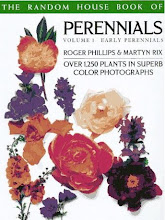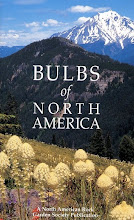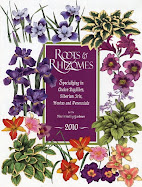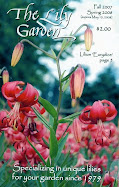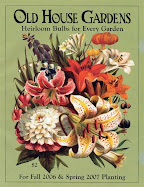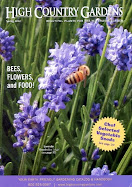Photos taken in June 2018
Fremont Peak Park is a small park in the Upper Fremont neighborhood of Seattle at 4357 Palatine Ave N, near the top of Phinney Ridge at its southern end. On a clear day, the view from here extends to the Olympic Mountains. The park has a very nice design. There are low, concrete walls that provide lots of seating & a good place to rest or eat. I got a sandwich at a nearby deli & ate it there. A small meadow, partially enclosed by low walls, lies at the center of the park. If you'd like to sit on the grass, this space (surrounded by trees) would be great for a picnic (or a nap). Lots of big trees provide shaded areas even when the westering sun fills the park.
Until 2001, this was a lot with 3 old houses. The City of Seattle bought it. Seattle Parks & Recreation had the houses demolished, but kept the trees. A community initiative raised funds to help create the park. New plantings include native species that provide habitat for wildlife, including a Garry Oak (Quercus garryana). There are paths, walkways & stairs. This quiet park has no space for athletic games. You will find a lovely half-acre of landscape & an amazing view. In a small concrete plaza, stone balls mark the solstices & equinoxes. These sit near the edge of the slope, where views of land & water spread far & wide.
Fremont Peak Park was envisioned as a neighborhood ‘walk to’ park, an urban oasis for people in the neighborhood. But I think this park is worth traveling some distance. I came here from 10 miles away & was glad I did. It is the goal of Seattle Parks & Recreation to build, improve & maintain parks throughout the city. Fremont Peak Park was designed by GGLO & Laura Haddad of Haddad|Drugan. The design won awards from the Seattle Design Commission & Americans for the Arts.
























































































